The largest rocket built at the time of the historic first missions to the moon, the Saturn V carried aloft the 45-ton Apollo spacecraft on earth orbital and lunar missions from 1967 to 1972. It also launched the 120-ton Skylab into earth orbit on May 14, 1973.
Rocket
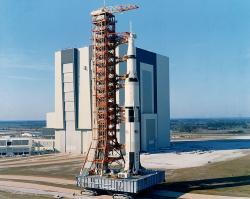
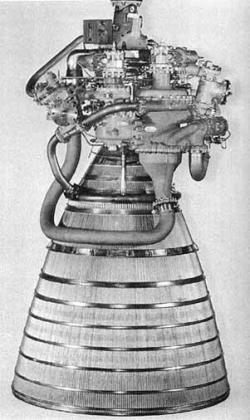
The RL-10, which served as the power plant for NASA's upper-stage Centaur space launch vehicle, was the first rocket engine to use high-energy liquid hydrogen as a fuel. It has provided precisely controlled, reliable power for lunar and planetary explorations. The RL-10 embodied numerous advanced design features, including multiple use of its fuel with the "bootstrap cycle." The RL-10 is also capable of multiple restarts in space, which enables positioning of satellites or further escape of Earth's gravity.
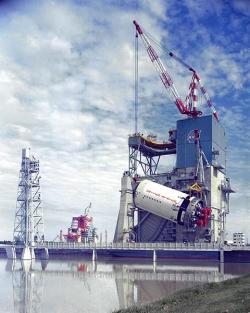
Innovations
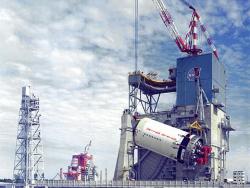
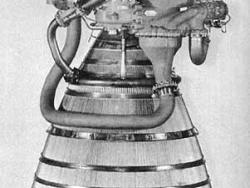
The RL-10, which served as the power plant for NASA's upper-stage Centaur space launch vehicle, was the first rocket engine to use high-energy liquid hydrogen as a fuel. It has provided precisely controlled, reliable power for lunar and planetary explorations. The RL-10 embodied numerous…
Read More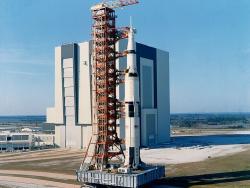
The largest rocket built at the time of the historic first missions to the moon, the Saturn V carried aloft the 45-ton Apollo spacecraft on earth orbital and lunar missions from 1967 to 1972. It also launched the 120-ton Skylab into earth orbit on May 14, 1973.
Design and…


